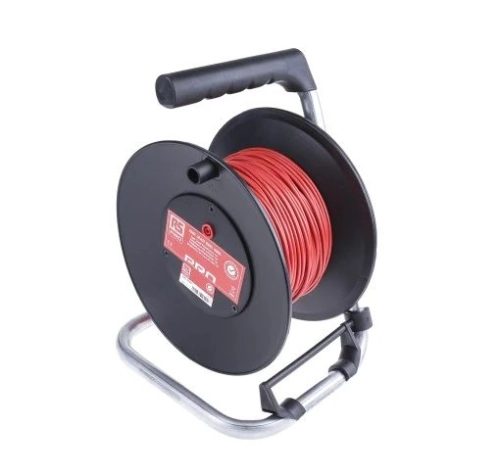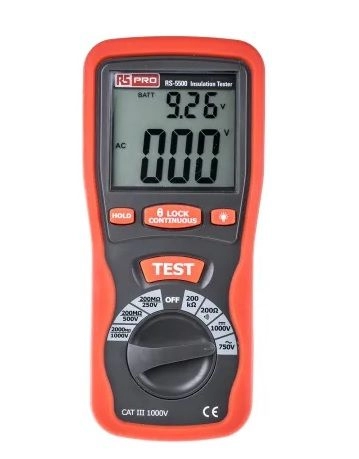167-645 - RS PRO Volt-Stick SOUND Non Contact Voltage Detector, 230V ac to 1000V ac
167-645 - RS PRO Volt-Stick SOUND Non Contact Voltage Detector, 230V ac to 1000V ac
Category: Electrical Test Equipment
Product Details
RS PRO Volt Stick Non Contact Voltage Indicator
Volt Stick is a pen style non-contact voltage detector from our high quality RS PRO brand. Able to safely check the presence of an AC voltage within cables, wall sockets and fuses junction boxes, conveniently no current flow is needed for operation.
Ergonomically designed the tester features a convenient battery cap, soft curved grip for comfort, with a clip for pocket or tool bag storage. Other features include a visible LED, acoustic buzzer and auto power off saving essential battery life.
Features and Benefits:
• Tip glows red and the audible sounder activates when a voltage is detected
• Locates breaks in cables
• Detects blown fuses inside plugs or fuse holders
• Distinguish between live and neutral wires in both single and 3 phase supplies
• Identifies voltage-carrying cables in junction boxes
• Identifies faulty inline switches
• Locates faulty lamps in series connections
• Complies with IEC 61010-1 CAT III 1000 V
Frequently asked questions:
What is a non-contact voltage tester used for?
Voltage testers or detectors are used to check the flow of current through a circuit. They can be used to check safety, or to ensure equipment is functioning correctly. They can also test for the current strength, whether the circuit is grounded correctly or to ensure no current is flowing at all so that work can be begin on the circuit.
How do non-contact voltage testers work?
Also known as a voltage detector, voltage tester pens, sensors or test pens. They allow the user to test electrical conductors without touching them. Non-contact testers are the safest and easiest way to detect electric fields or voltage. Voltage testers utilise what is called capacitive coupling, the user holding the instrument provides a ground reference. The tester then detects changing electric field around the object or objects conducting an AC current. (Alternating current) Simply put, the user and the tester pen when near the electrical conductor will cause a small current to flow through the tester from the source, this is how it detects AC voltage.









